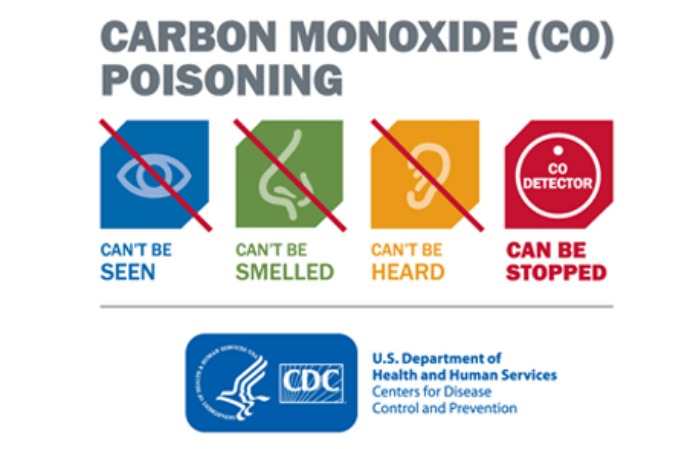One of the many dangers people face in the aftermath of a hurricane, tornado or other severe weather event that causes a power outage is an elevated risk of carbon monoxide (CO) poisoning. To help reduce this risk, the Centers for Disease Control and Prevention (CDC) has compiled some safety tips.
Carbon monoxide s an odorless, colorless gas found in the fumes of combustion engines. Each year in the U.S., 50,000 people are treated in emergency rooms for accidental CO poisoning and 430 die. Some of these casualties occur during power outages that occur in the wake of severe weather events when people use other sources of power for generators, stoves and lanterns.
Following Hurricane Katrina, 50 of the 51 nonfatal cases of carbon monoxide poisoning reported in Alabama, Louisiana and Mississippi were caused by gas powered generators that were placed too close to the living space, according to a CDC report.
A gas-powered generator can produce 100 times the amount of carbon monoxide that a car produces. These fumes can easily overwhelm people if the generator is too close.
Symptoms of CO poisoning include:
- Headaches
- Shortness of breath
- Chest pain
- Dizziness
- Confusion
- Nausea
- Lightheadedness, or feeling faint
- Weakness
If you develop any of these symptoms, get outside into fresh air immediately, then seek medical care. If the power goes out and you plan to use a gas-powered generator, do not run it in an enclosed space, even if a window or door is open. Place the generator as far from your house or temporary living space as possible. Don’t run a generator or other gas-powered engine within 20 feet of an open window. Don’t use charcoal grills or camping stoves and lanterns inside a house, tent or camper.
A battery-powered carbon monoxide in all sleeping areas is the best way to reduce the risk of CO poisoning. Check the batteries on your detector every six months.
